✦ A Guide to Learning Styles Project ✦
Understanding Learning Styles:
A Comprehensive eLearning Experience

Why I Created This eLearning Module
In today’s diverse classroom settings, understanding the unique ways students absorb, process, and retain information is crucial. This eLearning experience was developed to shed light on learning styles, specifically drawing from Felder and Soloman’s research. The idea stems from the realization that no two students learn alike, and teachers must tailor their instructional strategies accordingly.
The Importance of Learning Styles for Teachers
The concept of learning styles, such as those outlined in Felder’s “Matters of Style” (1996), emphasizes the importance of recognizing differences in how students approach learning tasks. Some students might be visual learners, while others may be more reflective or kinesthetic. By understanding these styles, educators can:
- Enhance engagement: Tailoring lessons to meet diverse learning needs improves student participation.
- Promote better outcomes: Students achieve more when teaching aligns with their preferred style of learning.
- Create inclusive environments: Recognizing different learning styles promotes equity by ensuring all students receive the support they need.
By making this eLearning module, I aim to offer an accessible, practical resource for teachers to understand these learning styles and apply them in real-world settings.
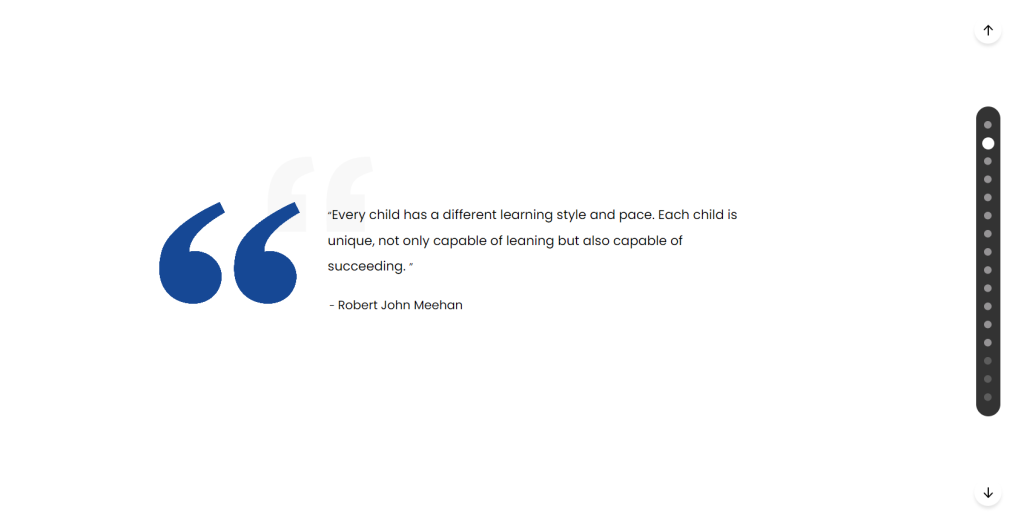
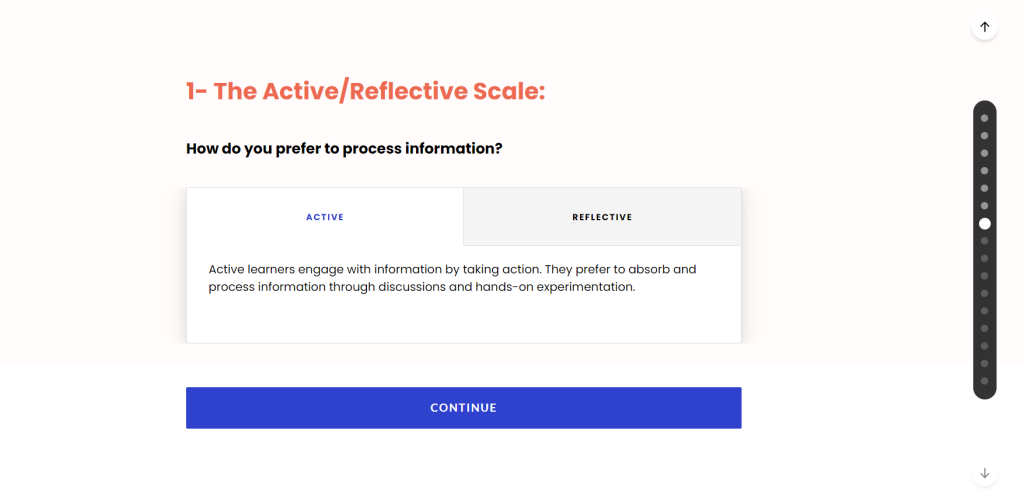
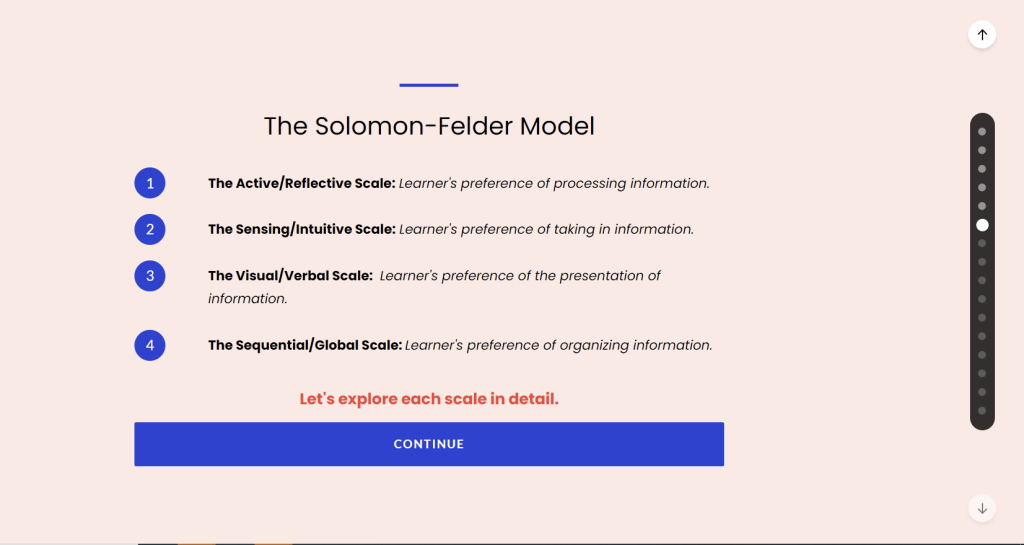
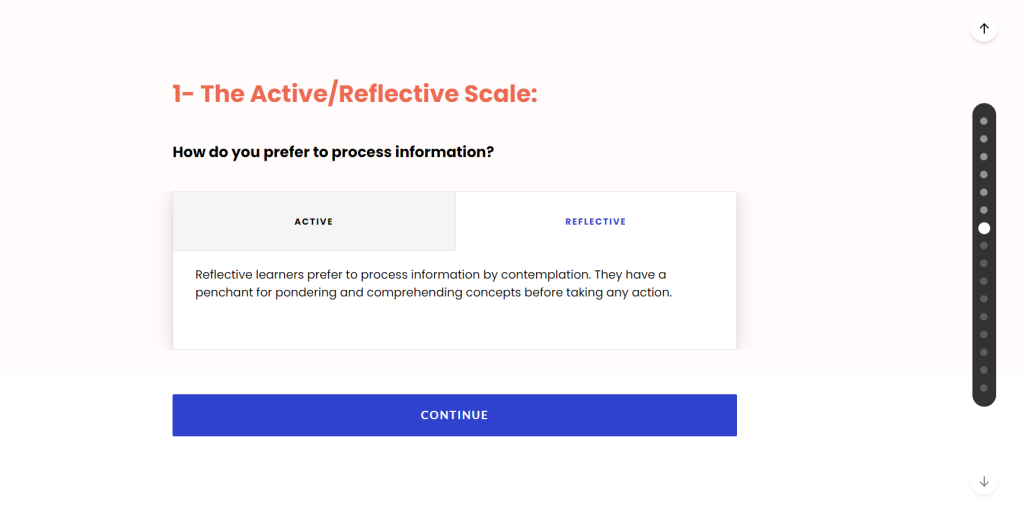
The Creation Process: Using Articulate Rise
This eLearning module was built using Articulate Rise, a robust eLearning development platform. Here’s an overview of the creation process:
- Research and Planning
Before diving into the design, I extensively researched Felder and Soloman’s theories, ensuring that the content was well-aligned with current teaching practices. I carefully outlined each module to emphasize key points such as learning preferences (visual, verbal, sensing, etc.) and their practical applications in the classroom. - Designing the Course
I used Articulate Rise’s intuitive interface to create an engaging and interactive learning experience. The design process included:- Creating engaging visuals: Incorporating diagrams and graphics to support visual learners.
- Building interactive elements: Quizzes, clickable elements, and videos helped to cater to various learning preferences.
- Structured navigation: Ensuring easy-to-follow modules, allowing users to progress smoothly at their own pace.
- Development and Testing
Once the content was designed, I worked on the technical development using Articulate Rise and Storyline. This phase involved creating smooth transitions, setting up interactivity, and ensuring the eLearning module was responsive on different devices.
Publishing
The final step was to publish the course, making it accessible via a cloud-based link so teachers and educators can easily access and implement the lessons on learning styles into their own teaching strategies.
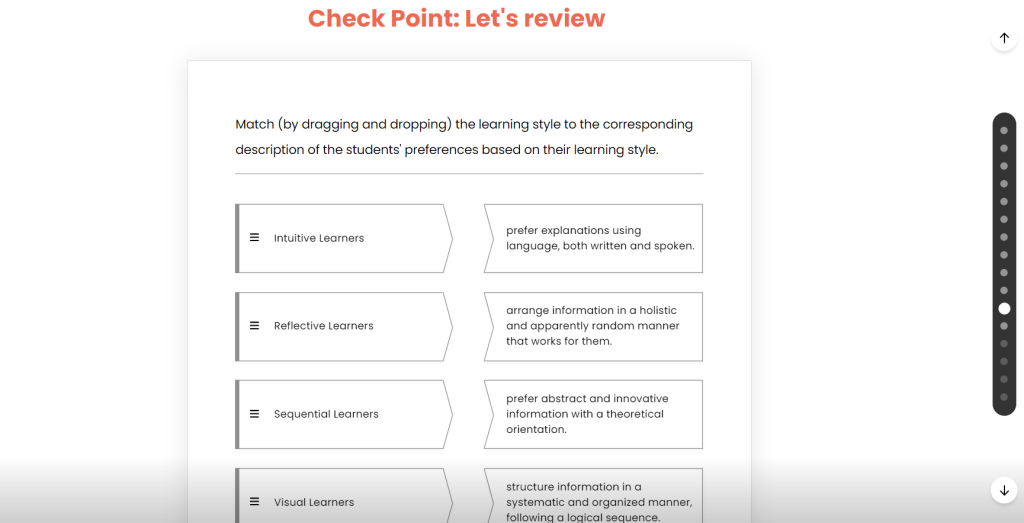
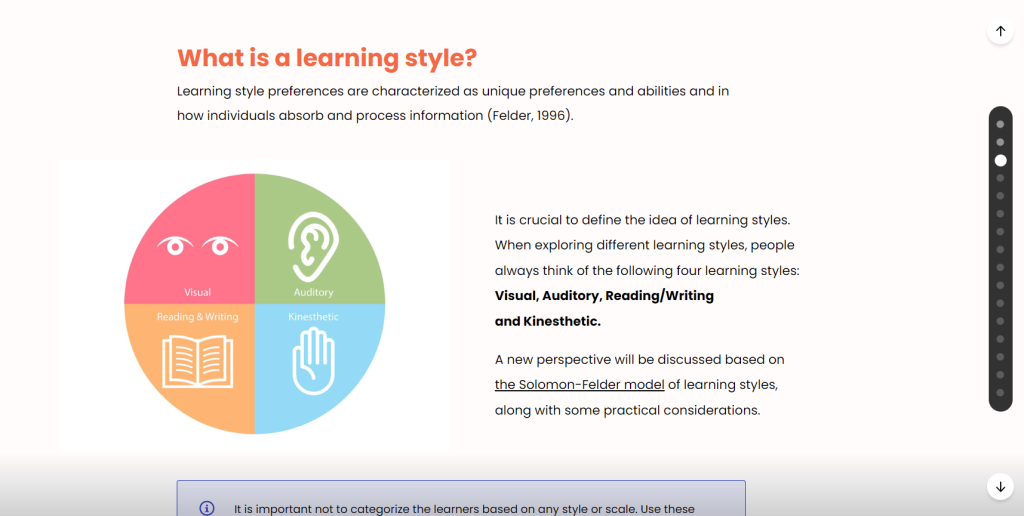
Proudly powered by WordPress

